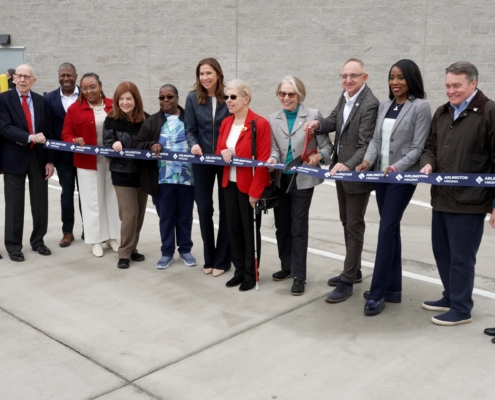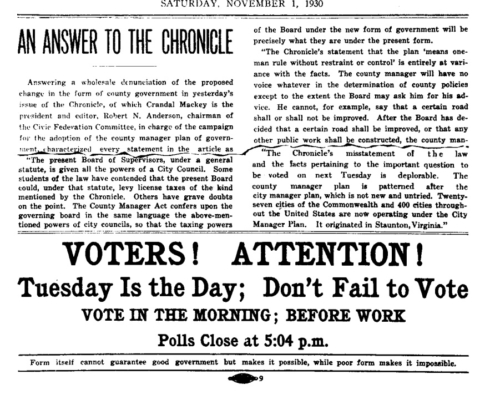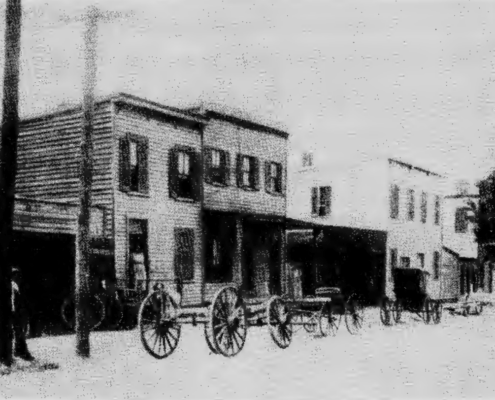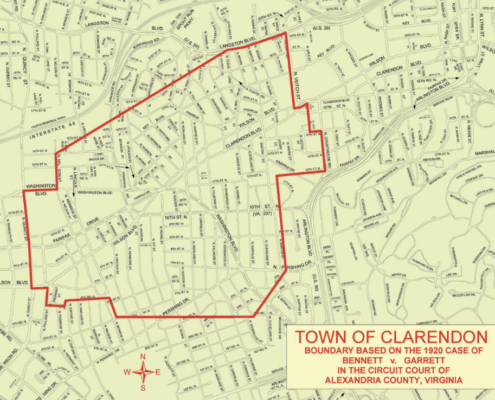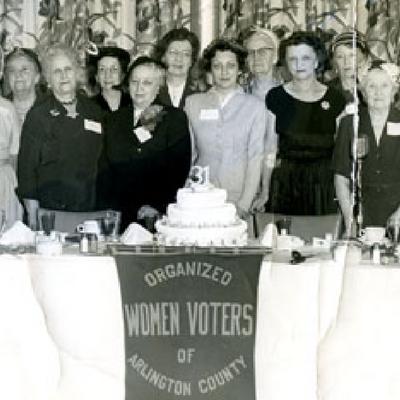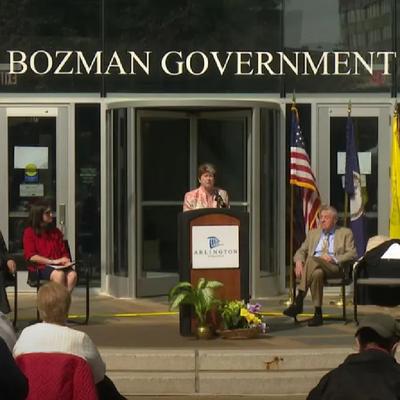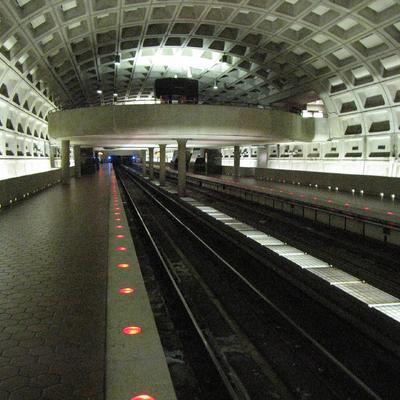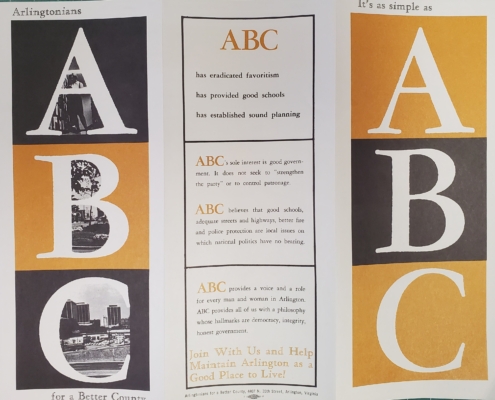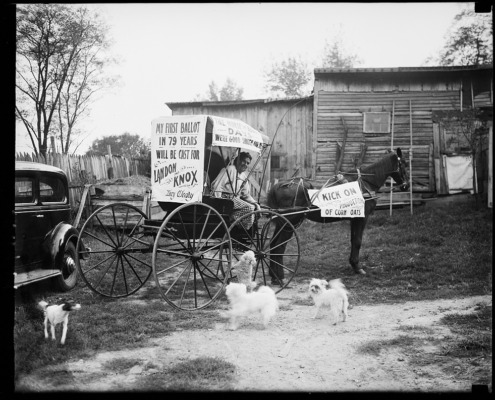In the early part of the 20th century it became increasingly clear that the form of government originally prescribed by the Virginia Constitution of 1902 was not meeting the needs of those counties which were gradually becoming more urbanized. In its original form, the 1902 Constitution set up a rigid system of county organization and government, and the General Assembly was powerless to comply with the demands of the leaders of Arlington for an improved system.
Consequently, in 1928, an amendment to Section 110 of Article VII of the Constitution was proposed which would empower the General Assembly to pass general laws authorizing other forms of county organization and government. The amendment passed and was subsequently ratified by the people of the state, opening the door for Arlington to adopt a new form of government.
The Arlington delegation wasted no time, and the 1930 session of the General Assembly passed an Act permitting counties with a population of more than 500 to the square mile (in effect only Arlington) to adopt a County Manager form of government, provided the electorate approved. On November 4, 1930, the electorate voted in the County Manager Plan and, at the same time, determined that it would elect the members of the new County Board, five in number, from the county at large rather from the then existing Magistrate Districts.
With this vote Arlington became a pioneer in the County Manager movement, as it is considered to be the first county in the United States to adopt by popular vote any kind of a County Manager system.


